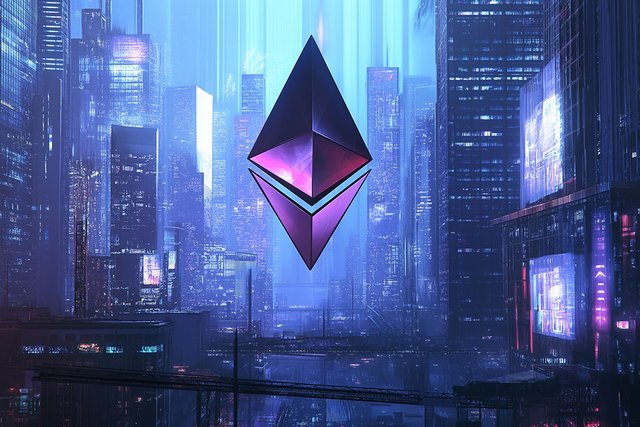Ethereum: A radical update is about to speed up everything
Ethereum is nearing an important milestone. A new proposal called EIP-7928 suggests allowing multiple transactions to run at the same time on Layer 1. This has long been seen as a difficult task because of risks to the system’s accuracy.
If successful, this development could change how the network is built. It also addresses ongoing issues with scalability, sparking fresh discussions among developers. This step could shift Ethereum toward being more efficient without sacrificing security.
In simple terms, EIP-7928 could greatly improve Ethereum’s ability to handle more users on Layer 1. It aims to speed up how quickly blocks are checked and validated. This proposal also brings back the debate about whether improvements should focus on Layer 1 or rely on Layer 2 solutions.
If adopted, it could make Ethereum’s main chain more than just a place for settling transactions. It could become a key part of scaling the network.
The development team introduced EIP-7928, which adds a new way for the network to run code temporarily for outside accounts. The main idea is to introduce Block-Level Access Lists (BALs). These lists give validators the information they need about all the transactions in a block upfront. This allows them to analyze transactions without running each one separately.
BALs include all the addresses and storage locations related to transactions, as well as the final results after they run. This setup makes it possible to skip the slow, step-by-step reading process. This becomes especially helpful as the network load increases.
EIP-7928 includes three key technical features that are built into each block. These are designed to boost performance on Layer 1. First, the Block Access List (BAL) lists all the addresses and storage keys tied to transactions. Second, transaction indices help locate specific operations within the block. Lastly, post-execution values show the final state of the network after transactions are processed.
According to Wahrstätter, these features enable validators to read and validate many transactions at once, which is much faster. He also believes this could lead to raising the gas limit in the future.
The main benefit of this proposal is a big upgrade in network efficiency. It does this without changing core principles or relying on Layer 2 solutions.
Beyond the technical details, EIP-7928 sparks a long-standing debate. Some believe that improving Layer 1 is the best way to solve congestion and high costs. Others rely mainly on Layer 2 solutions like rollups. This proposal shows that making Layer 1 faster and stronger is still important. It aims to make Ethereum’s base chain more competitive and reliable.
The network’s future looks well-planned. After launching the Pectra update, which added new features for accounts and ETH staking, Ethereum is heading towards the Fusák upgrade. This upcoming change is scheduled for later this year.